
Hamburg
“cultural and maritime”


Formerly a member of the Hanseatic League, a powerful medieval trade network, Hamburg is now Germany’s second-largest city.
Moin
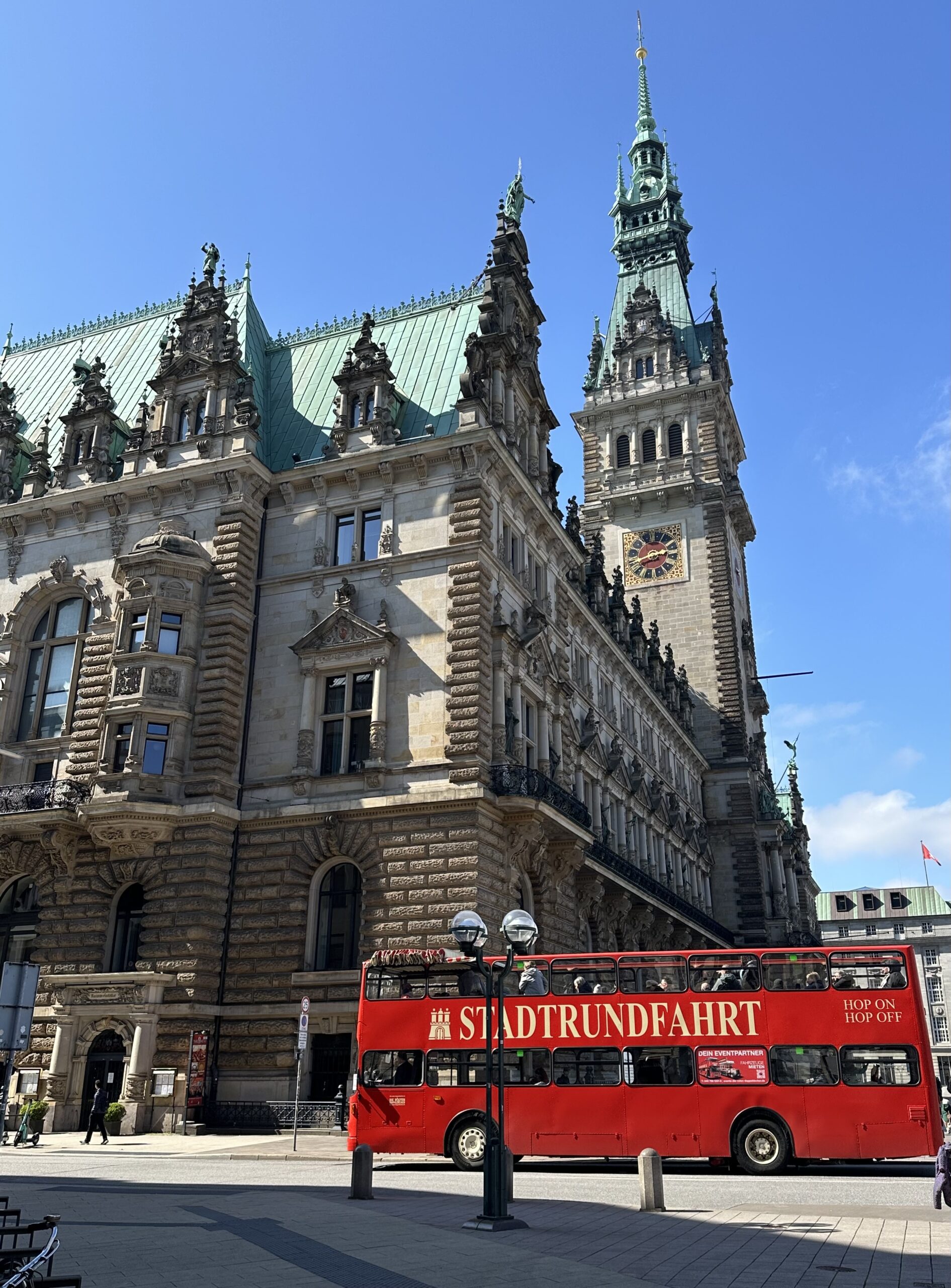

Hamburg rebuilt itself impressively after the Great Fire of 1842 and heavy bombing in World War II, preserving its resilience and spirit.
HH
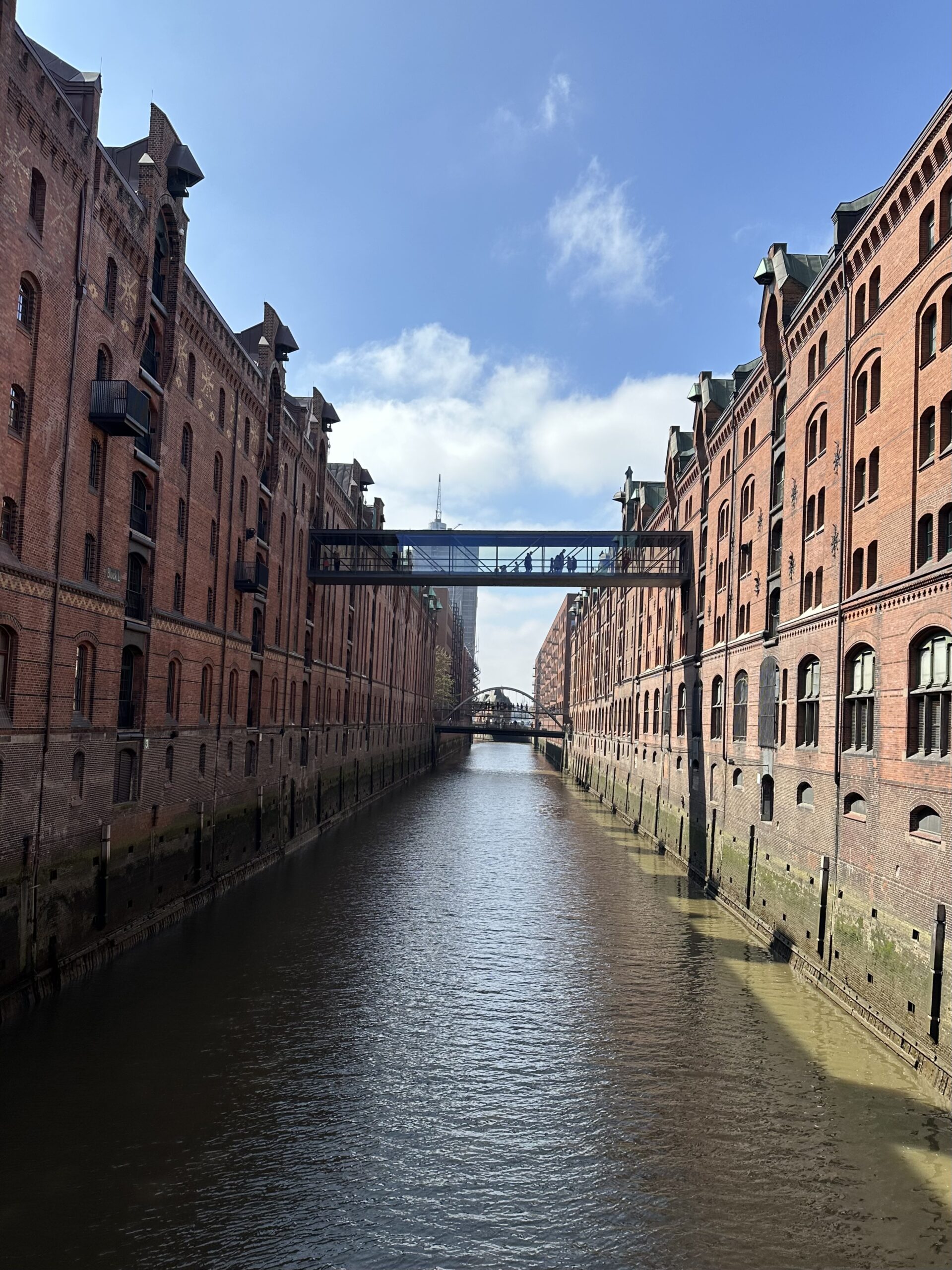

This historic warehouse district is an UNESCO World Heritage Site known for its red-brick buildings, canals, and Neo-Gothic architecture.
Heritage
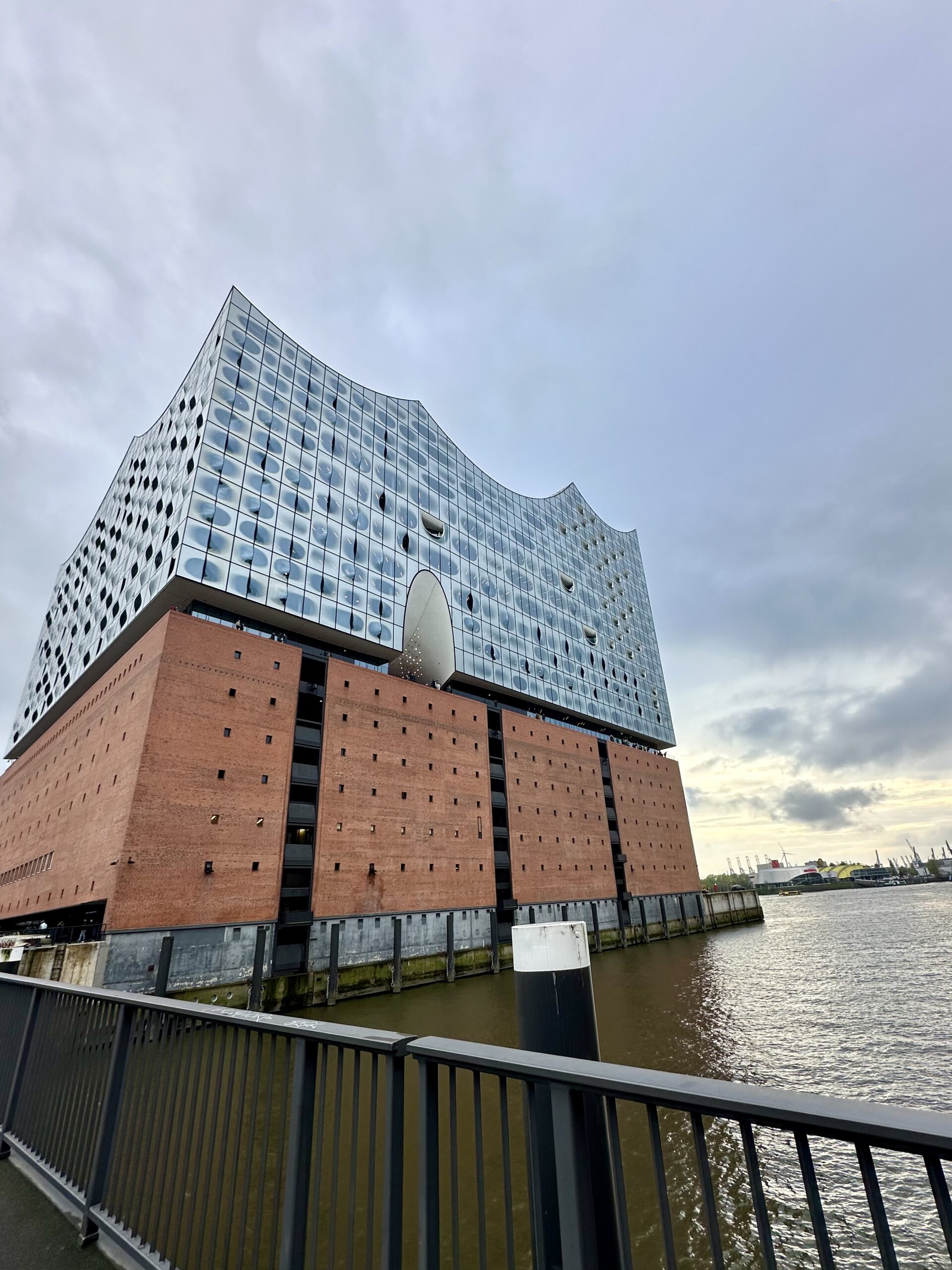

This concert hall features a striking glass structure resembling waves, built atop an old warehouse, blending modern architecture with historic elements.
Harmonic
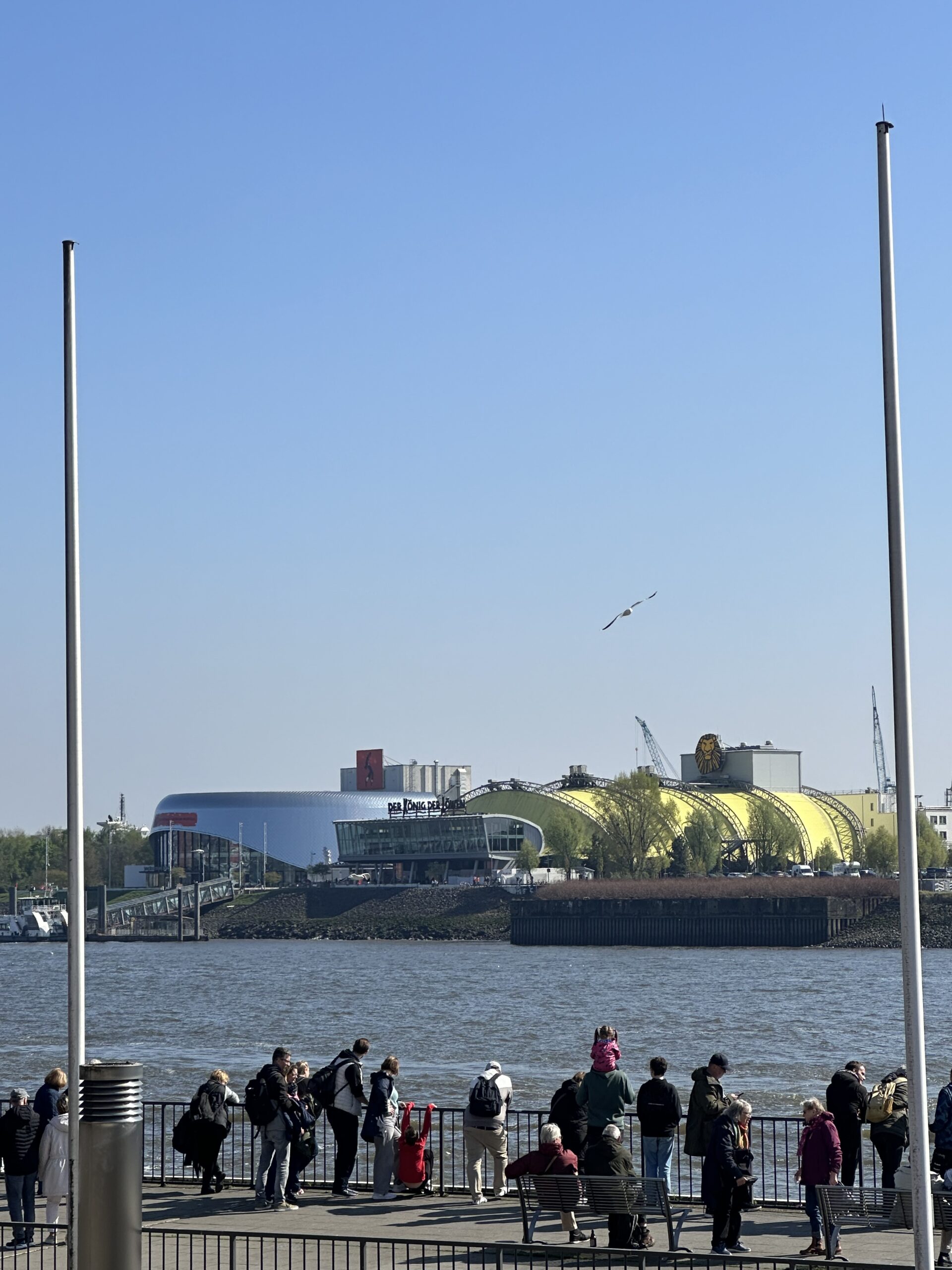

Hamburg is second only to New York and London in musical theater revenue. The Lion King musical staged at the riverside Theater im Hafen and reached by ferry, is Germany’s most successful show.
Play
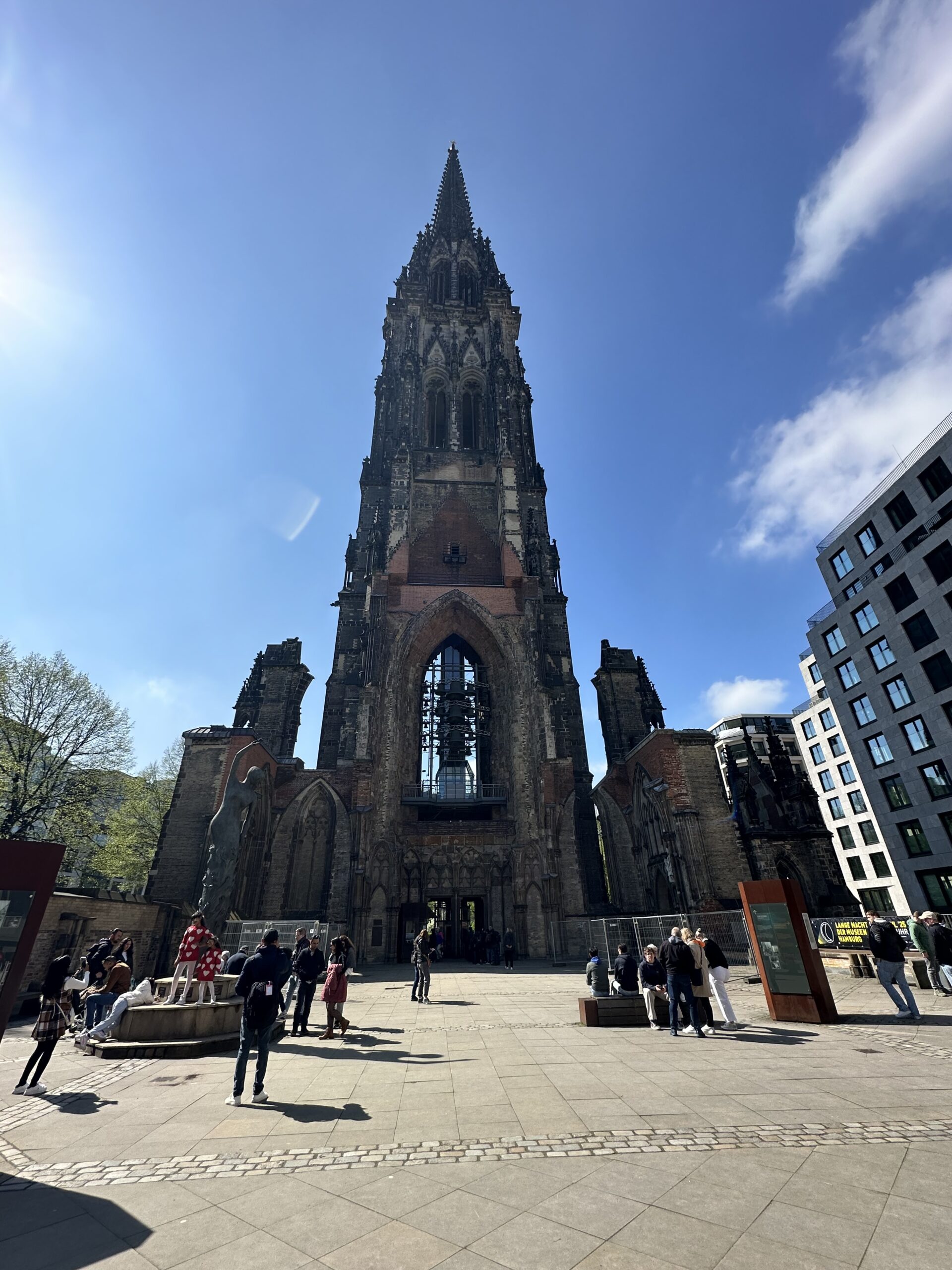

Once the tallest building in the world, this neo-Gothic church was destroyed during the bombings of World War II. Its spire survived and now stands as a powerful symbol of remembrance.
Memorial
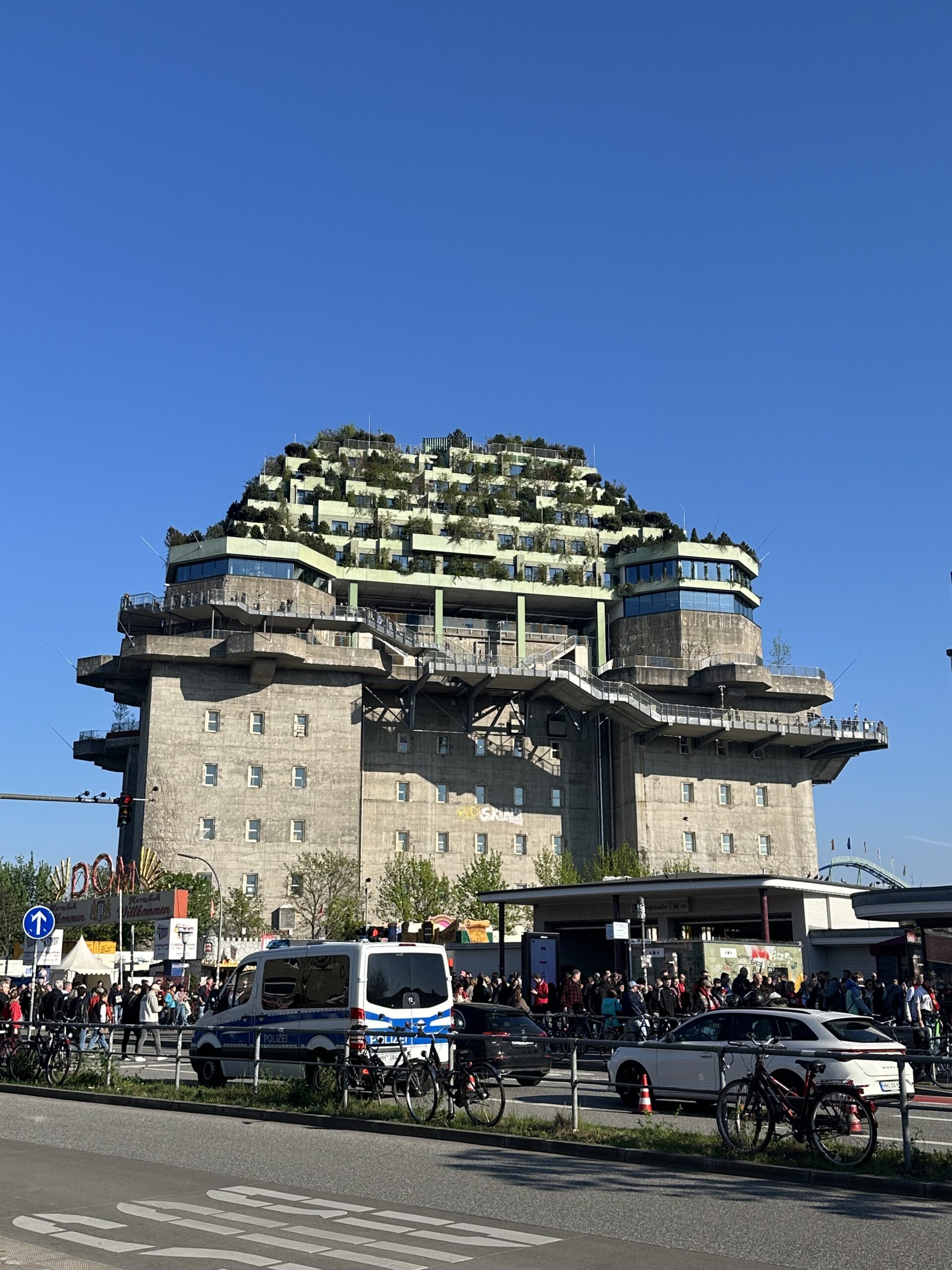

This colossal World War II-era air-raid shelter was built to protect civilians and defend against air attacks. Today, the bunker has been transformed into a cultural hub, with music studios, art spaces, and exhibitions, blending its historic past with modern creative energy.
Transformation
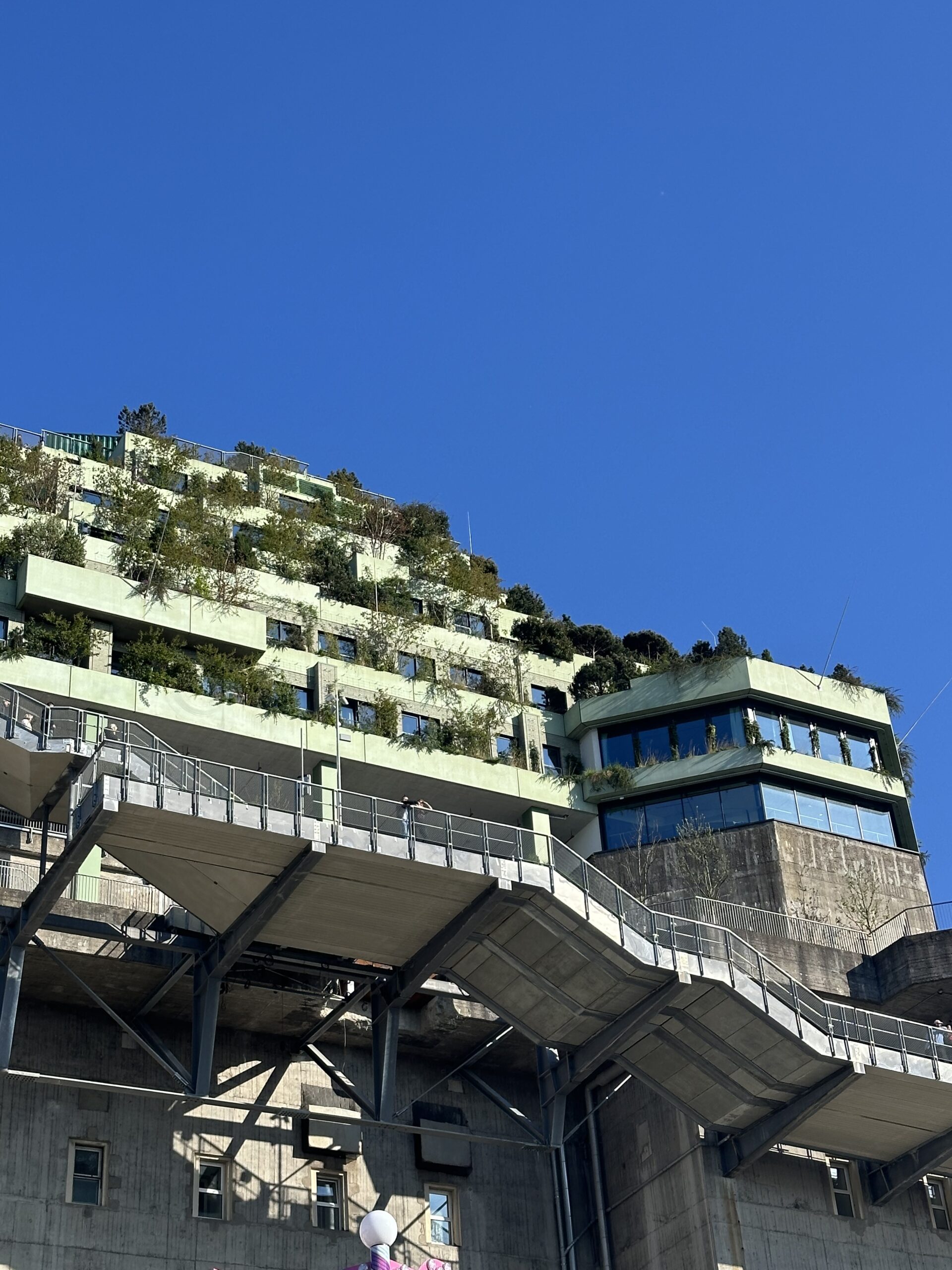

The rooftop garden offering panoramic views of the city is accessible via a 560-meter-long ramp that spirals around the building.
Green
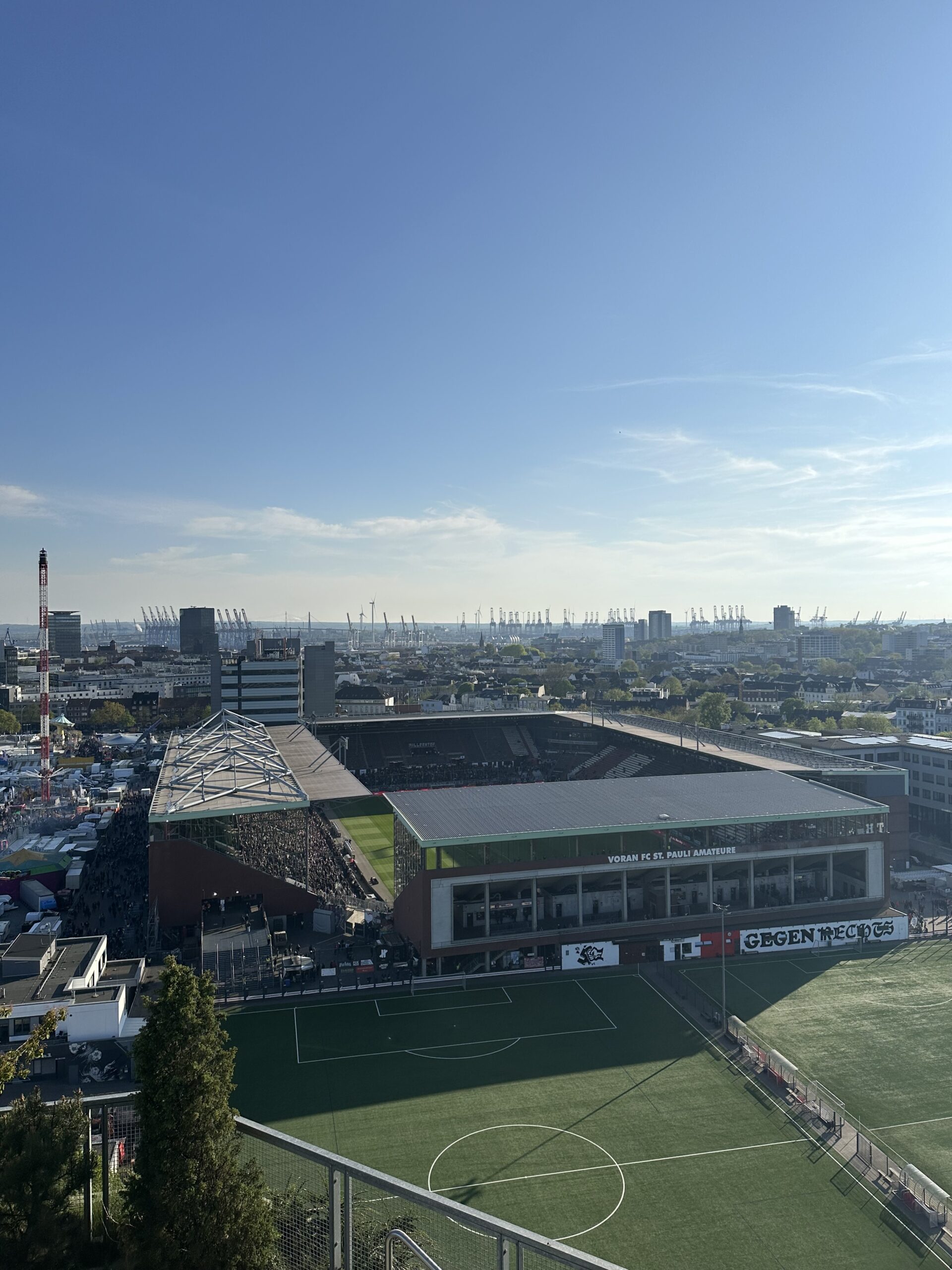

Located next to the bunker, this is the home ground of football club FC St. Pauli.
Fußball
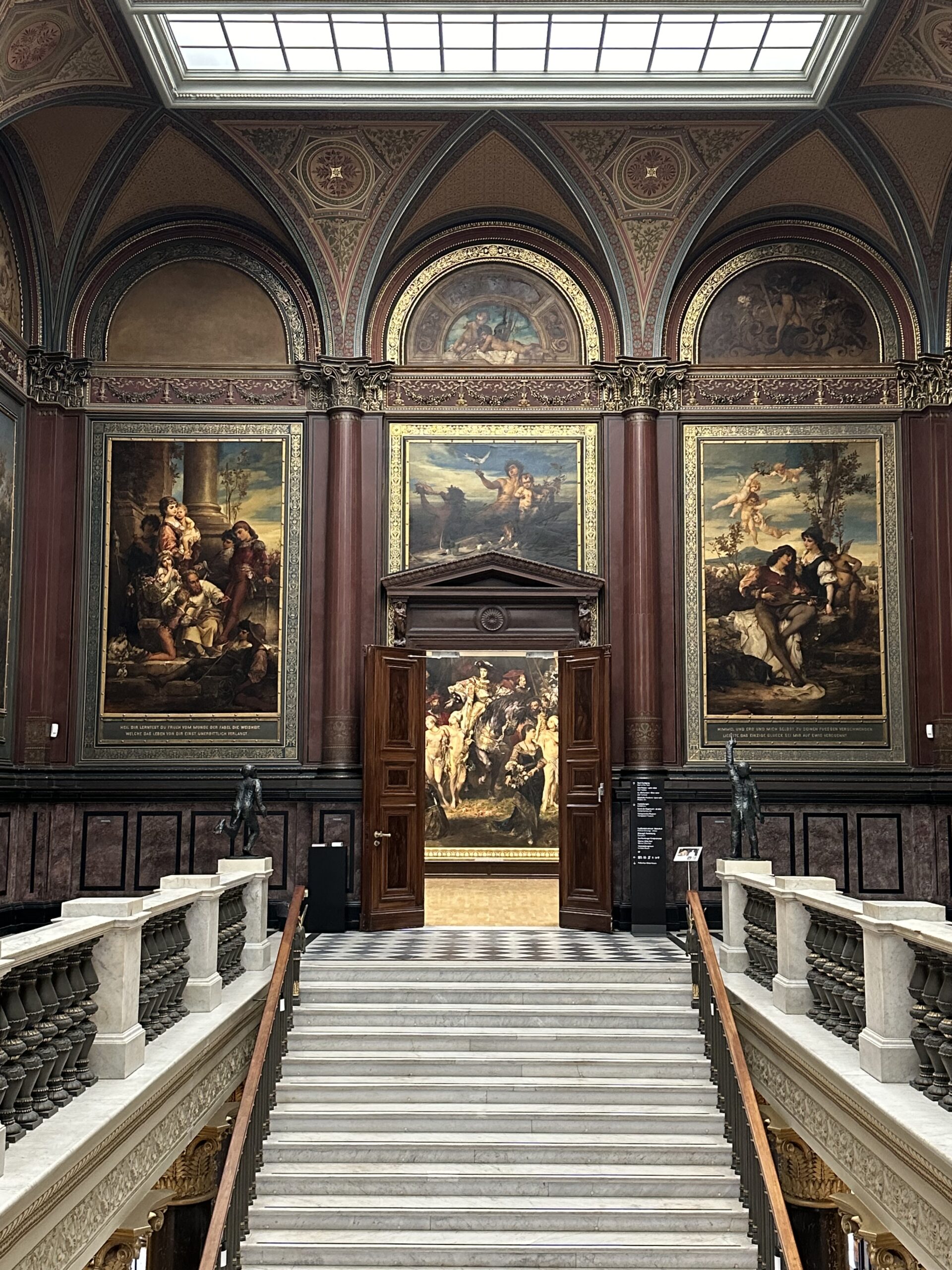

One of Germany’s largest and most important art museums, the Hamburger Kunsthalle houses an extensive collection from the Middle Ages to contemporary art, including works from Picasso, Munch, Monet, Rembrandt, Friedrich, and Kandinsky.
Art
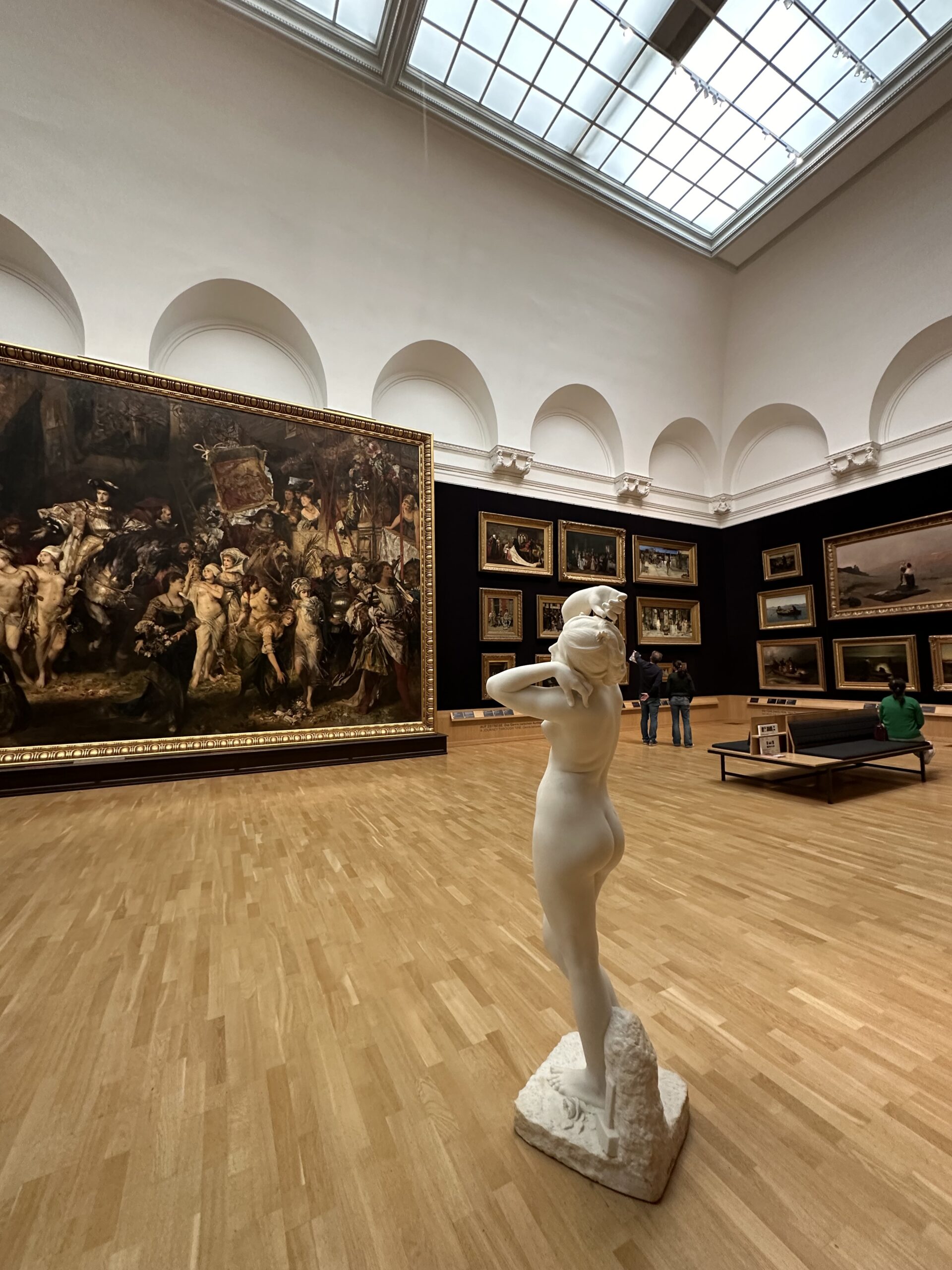

The Makart Hall recreates 19th-century exhibition style, featuring Hans Makart’s monumental 10 x 5 m painting The Entry of Emperor Charles V into Antwerp.
Classy
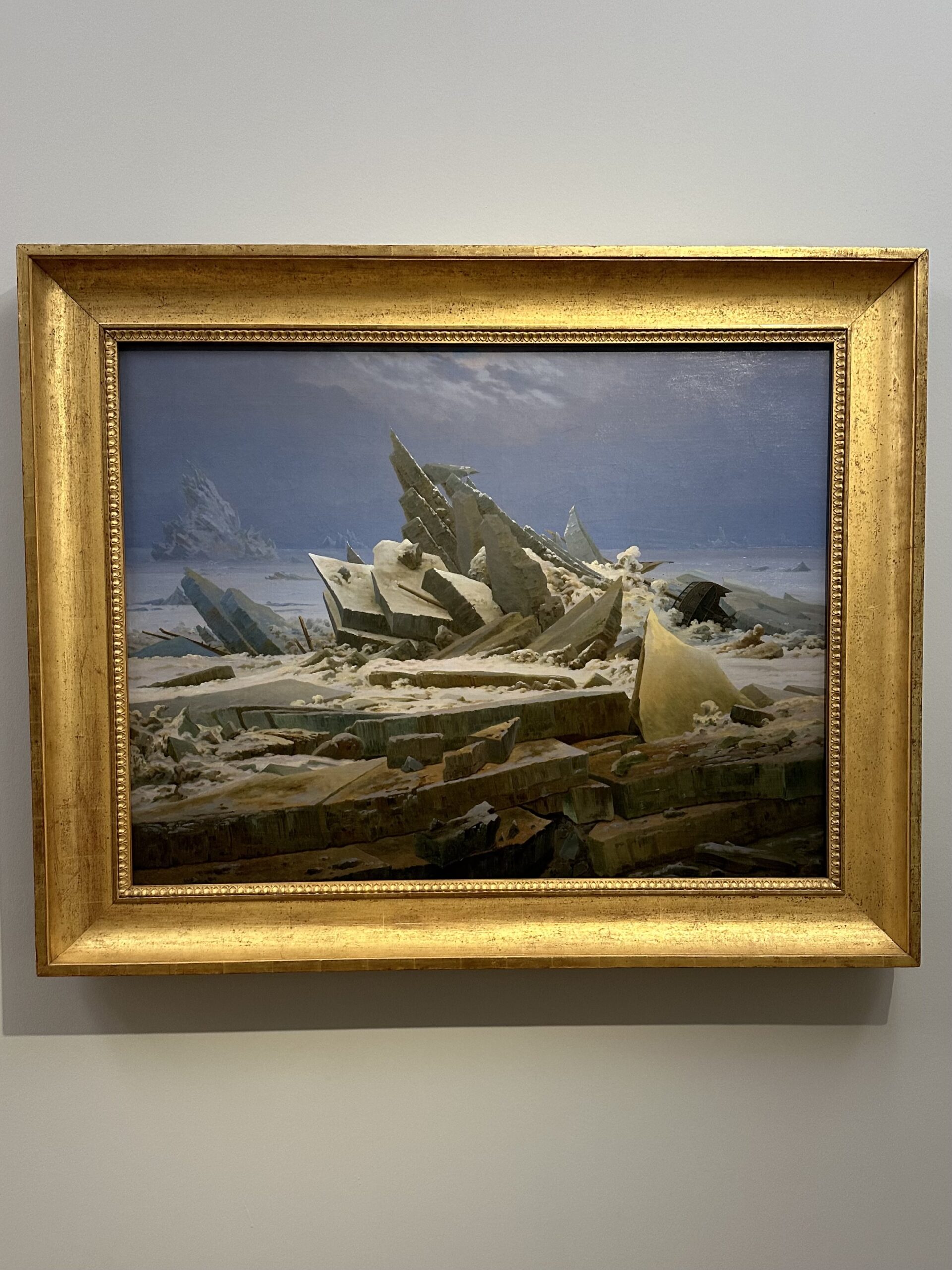

This German Romantic painter was known for his contemplative landscapes that explore themes of nature, solitude, and the sublime.
Nature
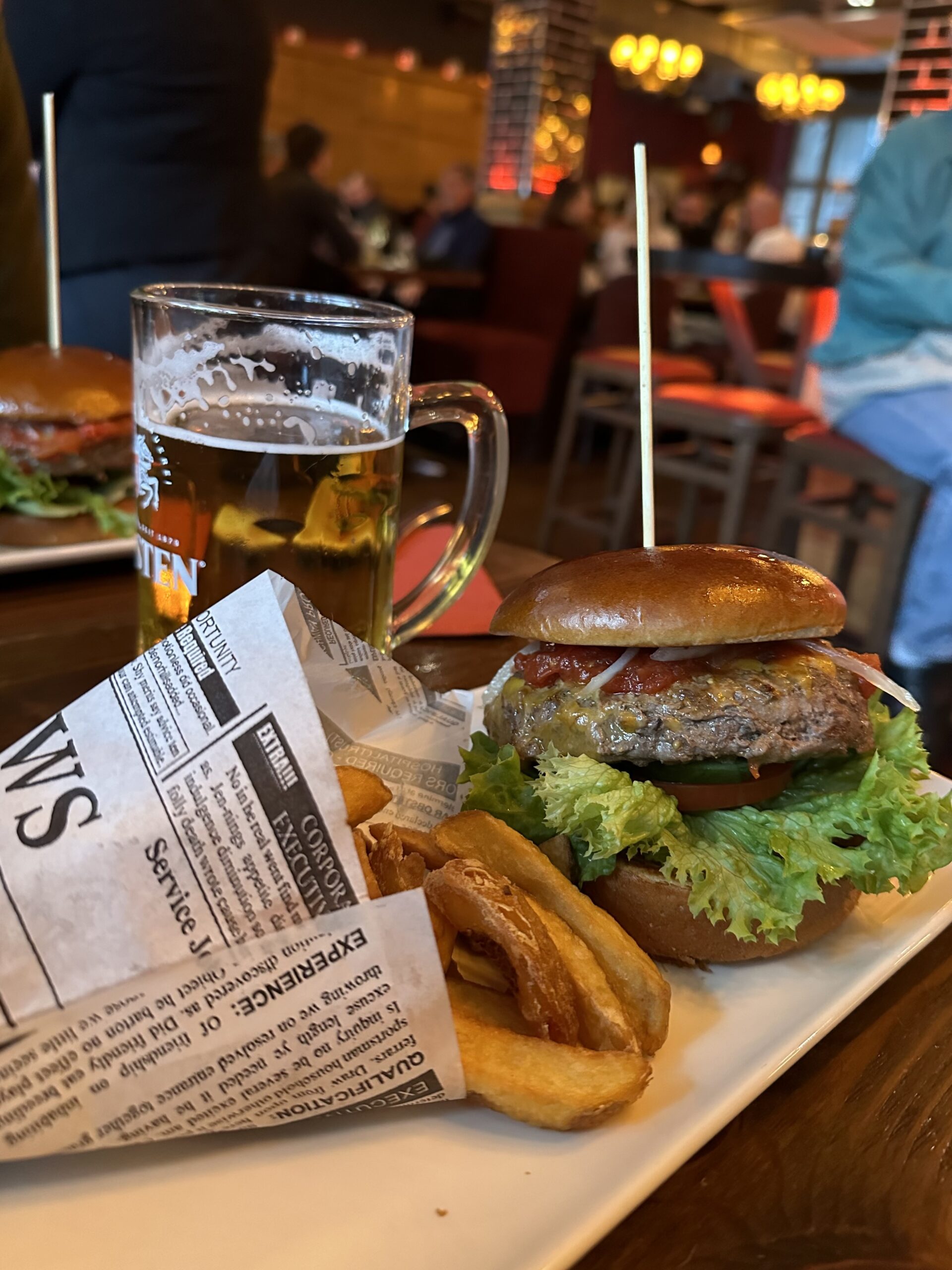

The hamburger is named after Hamburg, where German immigrants brought “Hamburg steak” to the U.S. in the 19th century. It evolved into the modern burger with a patty between buns in the U.S.
Food
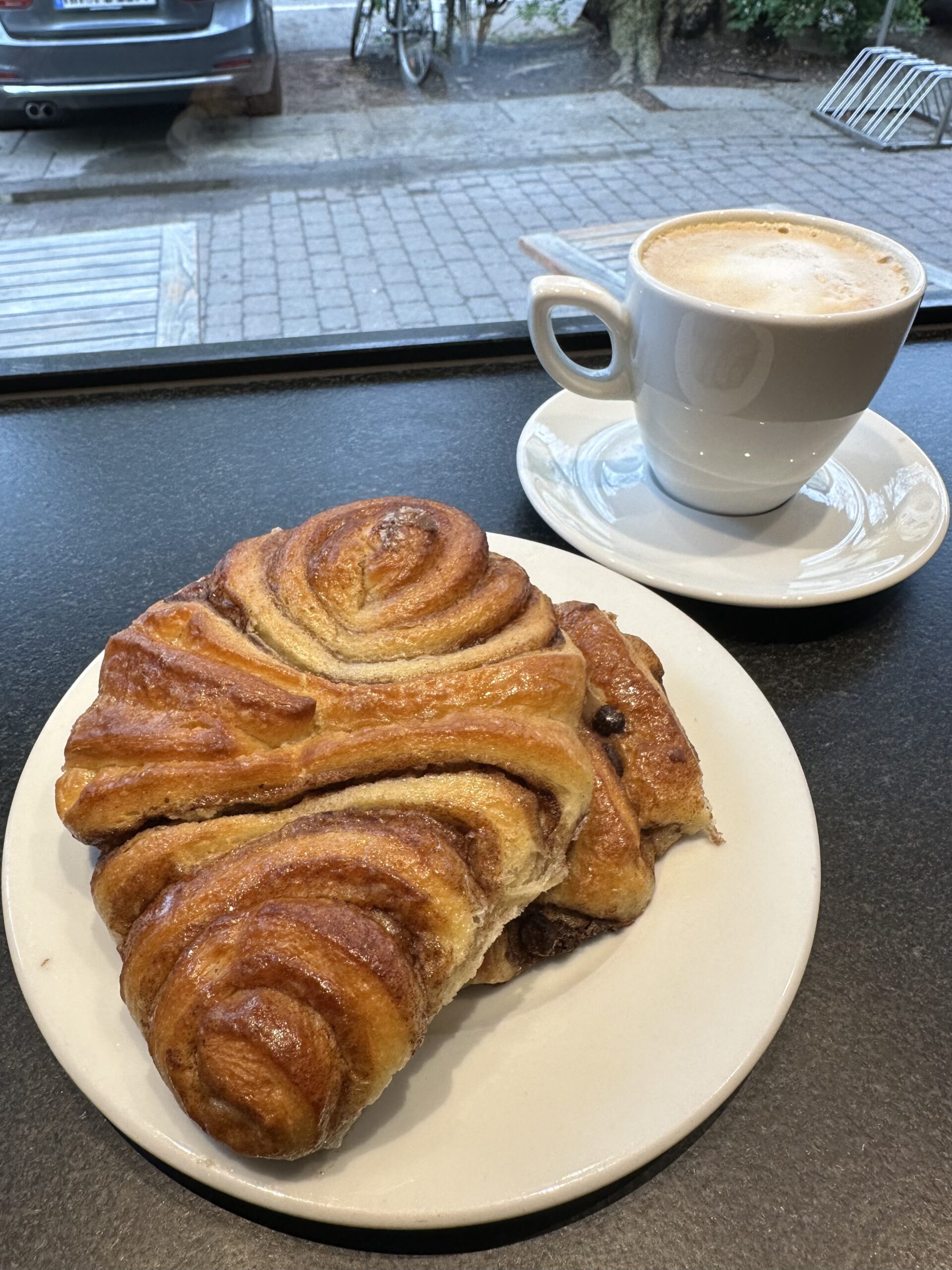

This sweet and buttery pastry from Hamburg is made with cinnamon-sugar rolled into flaky dough, sort of a flat-looking croissant with the taste of a cinnamon roll.
Tasty
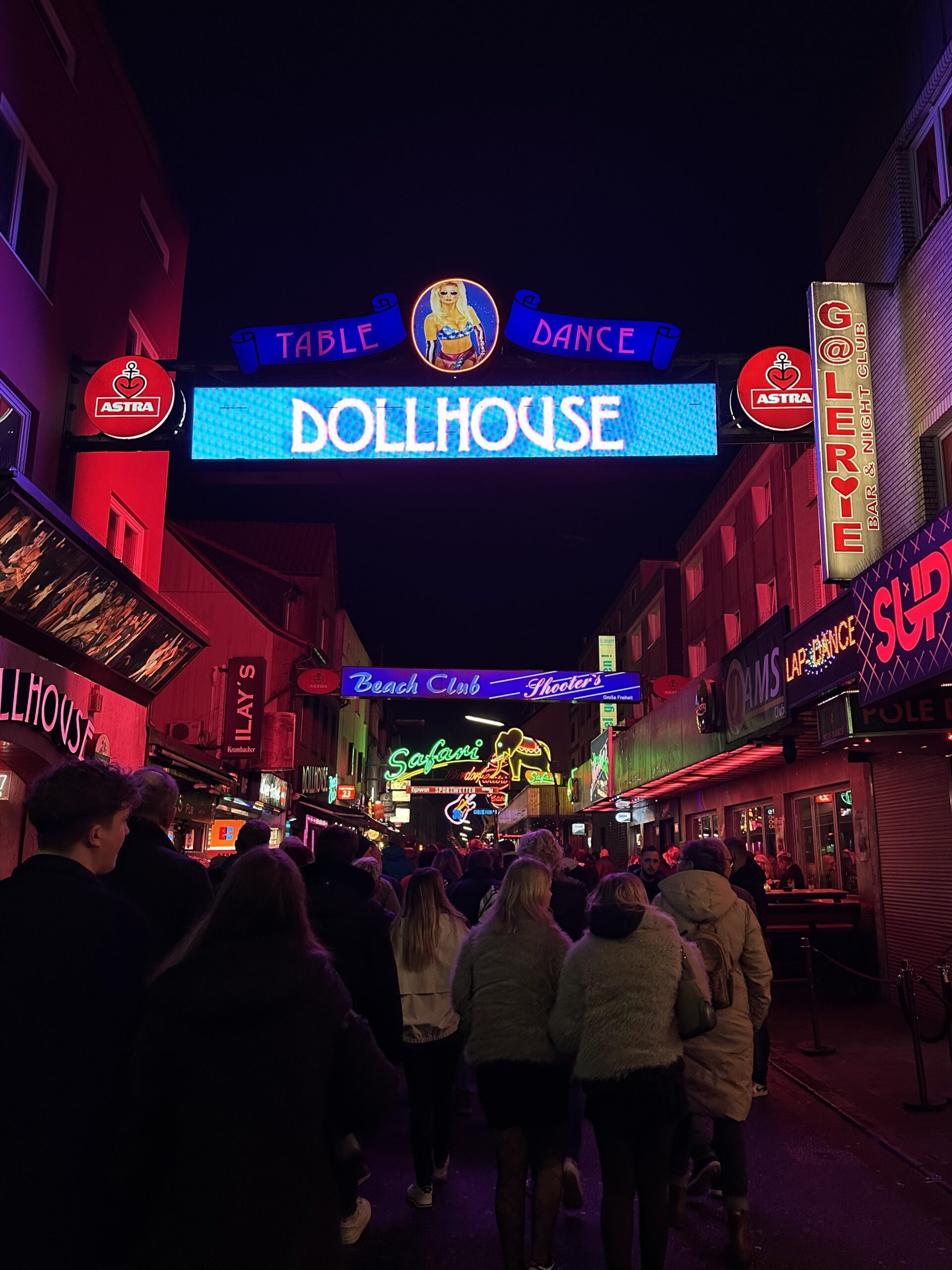

The Reeperbahn is Hamburg’s famous entertainment and red-light district, known for its nightlife, theaters, and music history, including the early days of The Beatles.
Lights
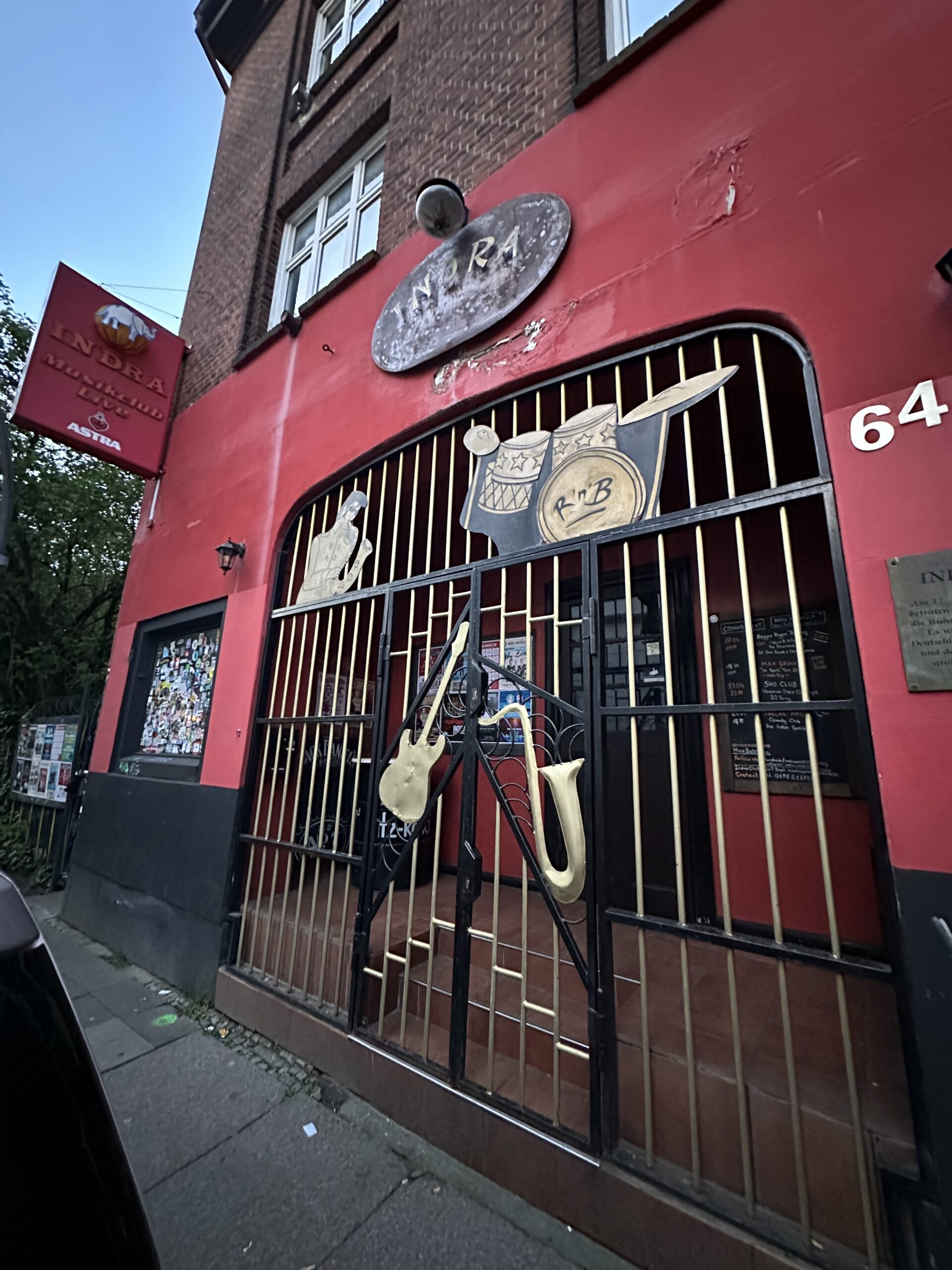

This historic live music venue is famously known as the first club where The Beatles performed in Germany during the two year period they lived in Hamburg before becoming famous. Today, it continues to host a variety of live music events.
Legends never die
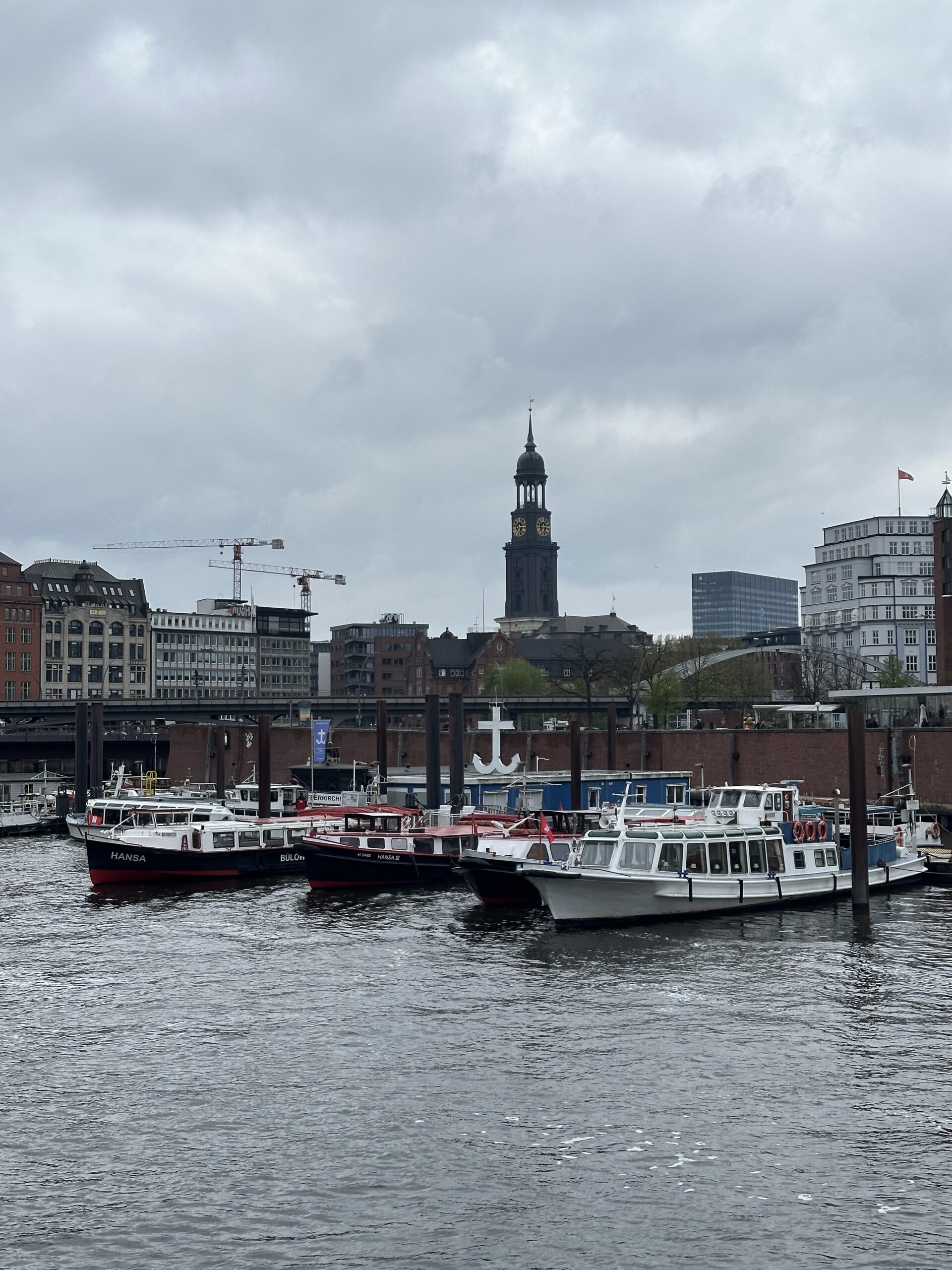

Affectionately known as “Flusi,” this is Germany’s only floating church. By the way, this is how Hamburg’s weather is usually like: cloudy and gray.
Gray
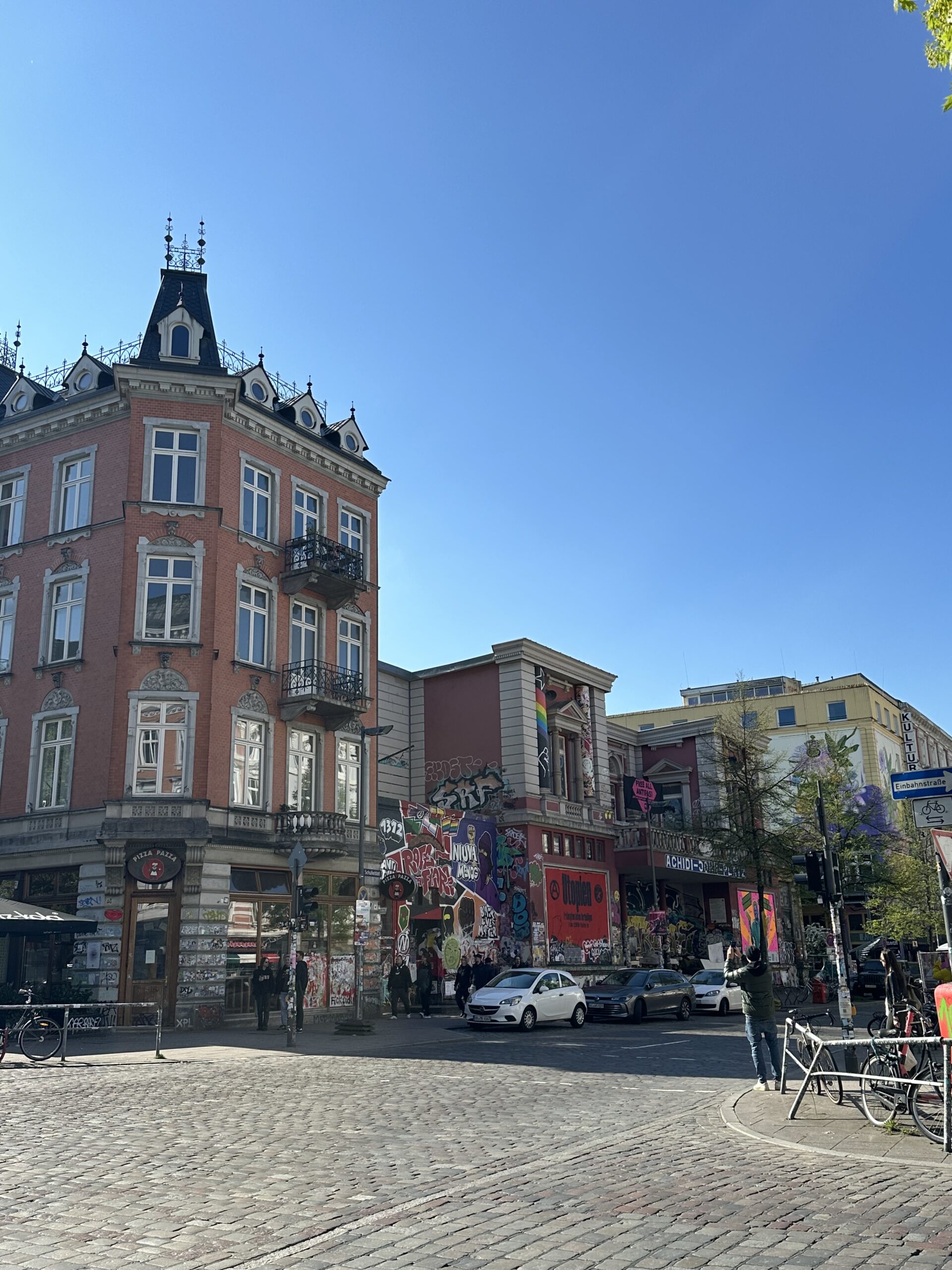

This lively district is known for its alternative culture, vibrant nightlife, street art, and mix of trendy cafés, bars, and independent shops. From here we say good-bye!
